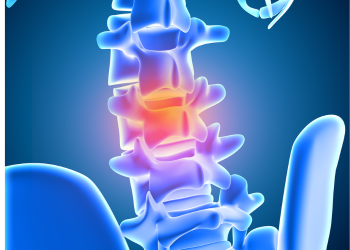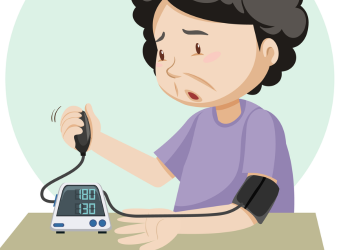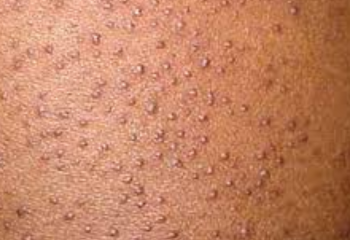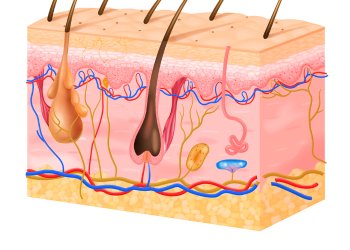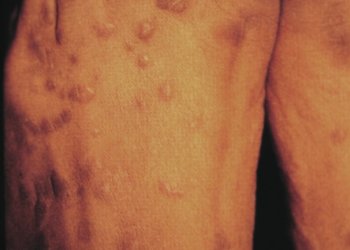
HOMOEOPATHY
is a system well known for its treatment of Asthma, whatever the cause or
trigger, it can do wonders in the treatment of this problem. asthma treatments
may be time-consuming, but it's worth it; you can be free of asthma for a longer
time than any other mode of treatment
Asthma is a chronic lung disease affectingpeople of all age.It is caused by inflammation and muscle tightening.It is caused by inflammation and muscle tightening around the airways, which makes it harder to breathe. Symptoms can include coughing, wheezing, shortness of breath, and chest tightness. These symptoms can be mild or severe and can come and go over time.
For some people, asthma is a minor
nuisance. For others, it can be a major problem that interferes with daily
activities and may lead to a life-threatening asthma attack.
Causes
Researchers don’t know why
some people have asthma while others don’t. But certain factors present a
higher risk:
- Allergies: Having allergies can raise the risk of developing asthma.
- Environmental factors: People can develop asthma after exposure to things that irritate
the airways. These substances include allergens, toxins, fumes, and secondhand
or thirdhand smoke. These can be especially harmful to infants and young
children whose immune systems haven’t developed completely.
- Genetics: If your family has a history of asthma or allergic diseases, you
have a higher risk of developing the disease.
- Respiratory infections: Certain respiratory
infections, such as respiratory
syncytial virus (RSV), can
damage young children’s developing lungs.
Asthma attack triggers
an asthma attack occurs if you come in contact
with substances that irritate you. You can call these substances “triggers.
a trigger can bring on an
attack right away at other times, an attack may start hours or days later.
Triggers can vary from
person to person. But some common triggers include:
- Air pollution: Many things outside can cause an asthma attack. Air pollution
includes factory emissions, car exhaust, and wildfire smoke.
- Dust mites: You can’t see these bugs, but they are in our homes. If you have
a dust
mite allergy, this can cause an
asthma attack.
- Exercise: For
some people, exercising can cause an attack.
- Mold: Damp
places can spawn mold, which can cause problems if you have asthma. You
don’t even have to be allergic to mold to have an attack.
- Pests: Cockroaches,
mice and other household pests can cause asthma attacks.
- Pets: Your pets
can cause asthma attacks. If you’re allergic to pet dander (dried skin
flakes), breathing in the dander can irritate your airways.
- Tobacco smoke: If you or someone in your home smokes, you have a higher risk of
developing asthma. You should never smoke in enclosed places like the car
or home, and the best solution is to quit
smoking. Your provider can help.
- Strong chemicals or smells. These things can trigger attacks in some people.
- Certain occupational exposures. You can be exposed to many things at your job, including cleaning
products, dust from flour or wood, or other chemicals. These can all be
triggers if you have asthma.
Symptoms.
Asthma signs and symptoms include:
·
Shortness of breath
·
Chest tightness or pain
·
Wheezing when exhaling, which is a common sign of
asthma in children
·
Difficulty in sleeping caused by shortness of
breath, coughing or wheezing
·
Coughing or wheezing attacks that are worsened by a
respiratory virus, such as a cold or the flu
For some people, asthma signs and symptoms flare up in certain
situations:
·
Exercise-induced asthma, which may be worse when the air is cold and dry
·
Occupational asthma, triggered by workplace irritants such as chemical fumes, gases or
dust
·
Allergy-induced asthma, triggered by airborne substances, such as pollen, mold spores,
cockroach waste, or particles of skin and dried saliva shed by pets (pet
dander)
Tests
Spirometry. This test estimates the narrowing of your
bronchial tubes by checking how much air you can exhale after a deep breath and
how fast you can breathe out.
Peak flow. A peak flow meter is a simple device that
measures how hard you can breathe out.
Methacholine
challenge.
Imaging tests. A chest X-ray can help identify any
structural abnormalities or diseases (such as infection) that can cause or
aggravate breathing problems.
Allergy testing. Allergy tests can be
performed by a skin test or a blood test.
Nitric oxide test. This test measures
the amount of the gas nitric oxide in your breath.
Sputum eosinophils
Provocative testing for exercise and cold-induced asthma.
HOMEOPATHIC MEDICINES
Antimonium tartaricum
Aralia racemosa
Grindelia
Kalium carbonicum
FAQS
What is the
best way to manage asthma?
Keep windows closed and
avoid intense outdoor activity
Take steps to avoid lung infections.
Avoid air pollution at home
Avoid tobacco smoke,
including secondhand smoke.
How can I treat asthma myself?
Breathing exercises.
Stress reduction.
Eliminating triggers.
Exercise.
Herbal remedies.
Lifestyle practices.
Yoga.
Self-care apps.
Does steam help asthma?
By loosening this mucus, steam inhalation
can assist in clearing the airways, making breathing easier. Asthma and
respiratory steam treatment have also been found to improve blood circulation
in the lungs. Enhanced blood flow can aid in reducing inflammation in the
airways and promoting healing.
What exercise
helps with asthma?
Swimming. Swimming is one of the most recommended exercises for people
with asthma.
Walking. As a low-intensity activity, walking is another great choice.
Sports with short bursts of activity.




